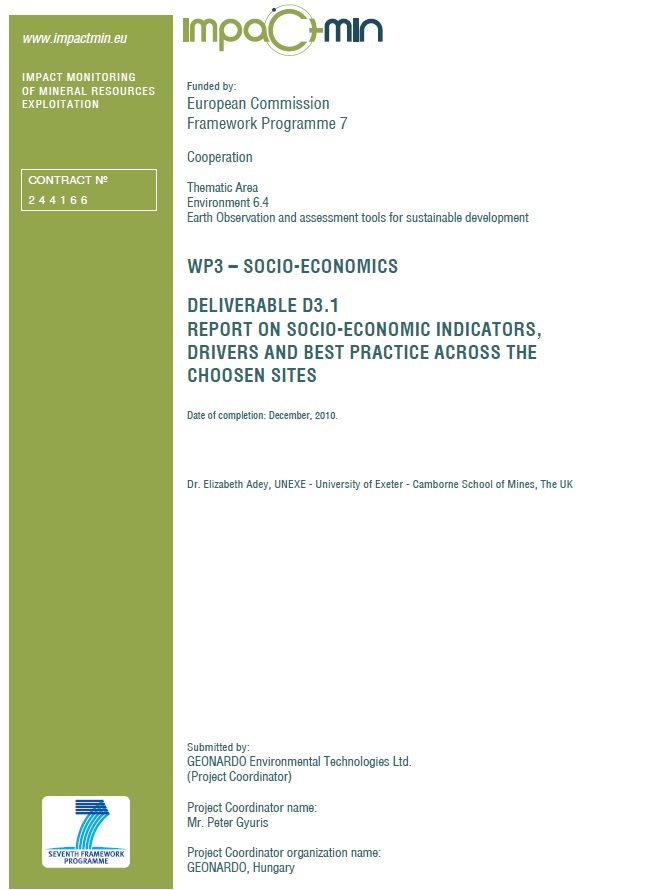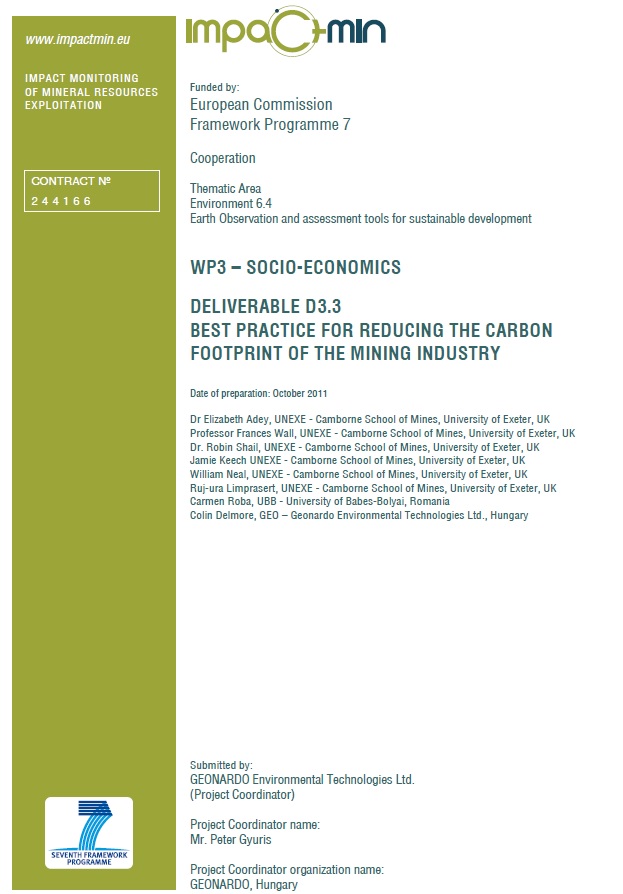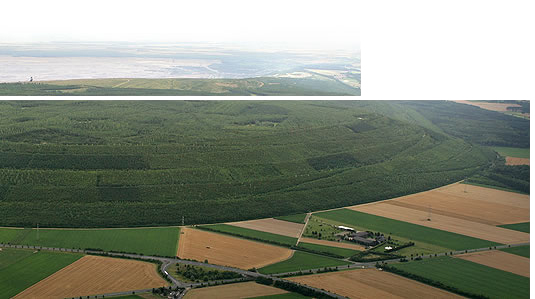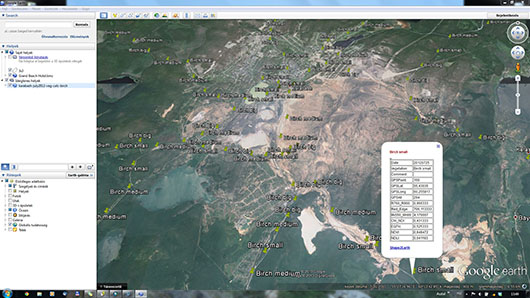The actual objective of ImpactMin project was to collect and process data from designated demonstration sites that represents various environmental and social issues related to mining operations. The analysed data and information then served to conclude how Corporate Social Responsibility and thus the socio-economic aspects of mining are implemented in reality. Beside this, what innovative monitoring techniques and standard procedures can be tailored to measure the environmental impacts of mining activities, thus how quality data and information can be assured.
Results and outcomes of the project surveying activities can be reached via the below links
The socio-economic study aimed to create a better understanding of the socio-economic impacts of mining. Stakeholders were identified across seven ImpactMin demo sites in five countries (Bosnia Herzegovina, Romania, Russia, Sweden and the UK) and a series of surveys and interviews were carried out in collaboration with local project partners. The aim was to assess views about mining and how mining has affected peoples’ lives, and to test how communities prefer to interact with local mining companies.
The results of the socioeconomic and carbon footprint studies (downloadable below) link to the technical part of the programme in (a) making the study comprehensive by considering social factors and greenhouse gases as environmental pollution that cannot be directly measured by earth observation techniques and (b) providing information about people’s concerns and how they prefer to receive information on environmental issues connected to mining activity which can be used in designing applications for the research outcomes of the project.
Suggestions for best practice for mining companies relating to corporate social responsibility
- It is difficult to have firm guidelines on interacting with communities as each community is unique (based on their socio-economic background, culture and past experiences with companies). Thus a first stage is to research the background to the community and establish local issues and preferences.
- The mining company is not responsible for solving every problem – this must be clear. They must, however, add value to a community.
- Honesty and openness about the anticipated social and environmental impacts of the project and transparency throughout operations. The remote sensing of environmental impacts can play a key role here.
- It is important to balance and manage community expectations – ‘don’t make promises that cannot be kept‘.
- Ensure that CSR actions extend beyond the time-frame of the anticipated mining project to be purposeful and add value. CSR is not about buying the support of local people.
- CSR initiatives should help educate people within the community to select the long-term gains rather than short-term offerings.



As the ImpactMin project clearly illustrates, the terms “Mining” and “Environmental Impact” cover a very wide range of situations. In its strictest sense, the term “Mining” refers directly to the activity of extraction of metallic or non-metallic resources from the Earth’s crust (Merriam-Webster). More commonly, the term “Mining” also refers to intricately associated processes such as urbanization and development of primary and secondary industries.
It was essential during the project, that appropriate tools and guidelines are developed to monitor environmental impacts. Revolutionary technological developments are taking place with respect to measuring devices such as optical and geophysical sensors as well as their airborne and spaceborne carriers. The advanced state of these technologies nowadays allows us to make accurate observations of the planet’s surface from a distance, providing spatially and temporally continuous environmental information in a highly cost-effective manner.
ImpactMin project clearly demonstrates that the current state-of-the-art in remote sensing is sufficient for the monitoring of a variety of complex environmental processes in surface water, soils and vegetation, related to different aspects and stages of mining.
You can find below an exemplary dataset to be visualised in Google Earth or ArcGIS Explorer.




